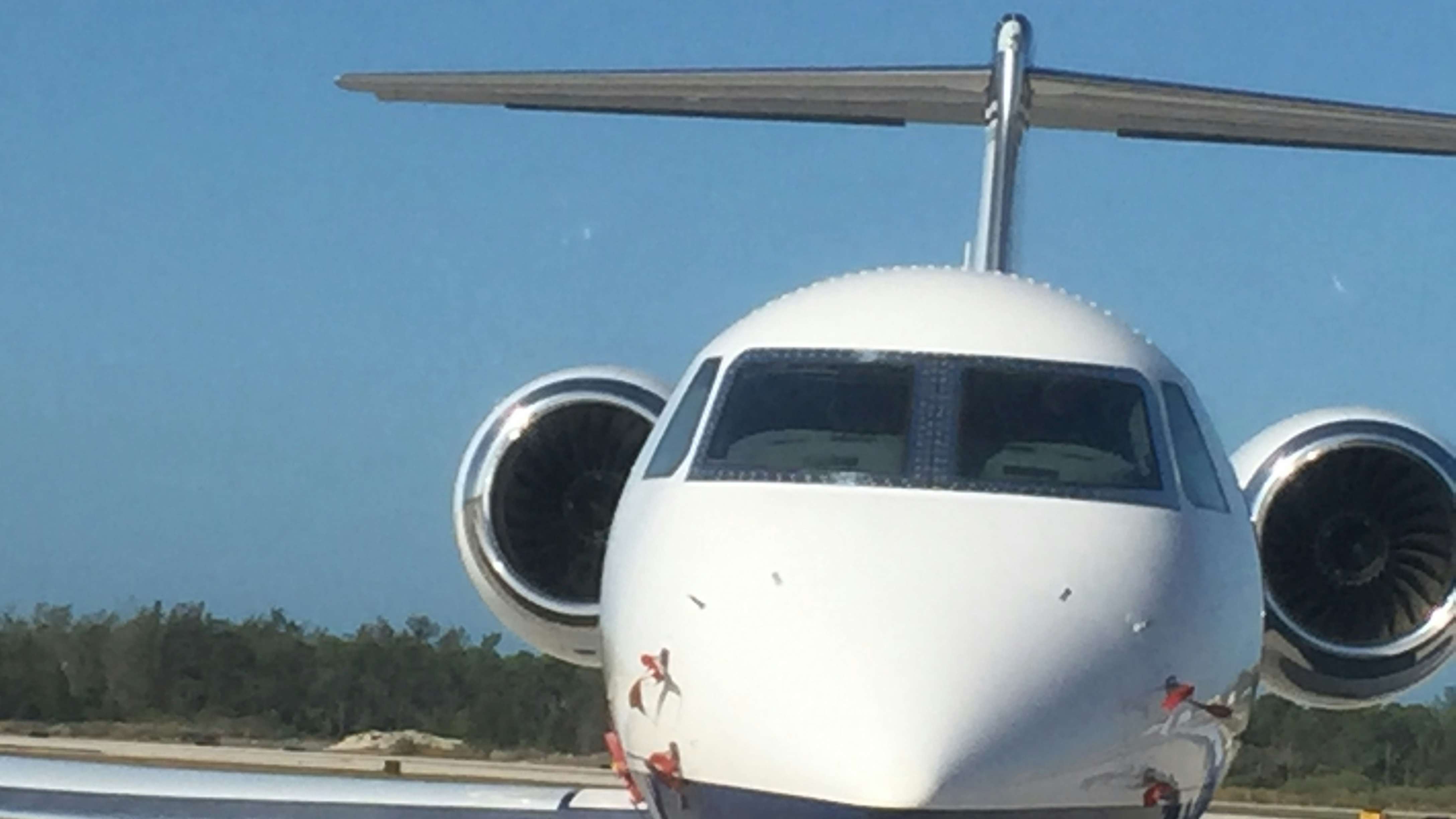

XOJET Aviation is a Wyvern Wingman, Argus Platinum, IS-BAO Stage 3 operator with a fleet of 43 Citation Xs and Challenger 300s. It has one of the largest owned fleets in the U.S.
While flying privately remains safe, illegal charters, including an accident that killed a European soccer star, and new entrants, with convoluted offerings, have clouded the horizon.
Recently we talked to Dan Ramirez, director of aviation for XOJET Aviation to talk about its approach, and for tips on both safety and privacy.
The first is Flight Operations Quality Assurance, which utilizes the information from the flight data recorder. We then use that data to develop safety recommendations based on how we’re flying the aircraft.
The second is LOSA, Line Operational Safety Audit. With this program, XOJET Aviation crews conduct transparent observations on the pilot next to them, systematically recording behavior and areas for improvement.
The third major program is the Aviation Safety Action Program, or ASAP, which encourages honest communication on safety, allowing pilots to report issues without fearing official regulatory action. Matters are more quickly and effectively brought to XOJET Aviation’s attention when pilots and operations team members can report concerns or system flaws without repercussions. All of these programs are part of our Safety Management System, which is the basis of all of our safety culture at XOJET Aviation.
We have a strong relationship with Transport Security agency (TSA) and the Department of Homeland Security (DHS) to keep security programs updated for screening, awareness and general security on the ramps.
All actual procedures are classified since we have systems that are obvious, and not obvious to the public. The best practice to ensure security is kept tight is if you see something say something to a ground crew member or the pilot because everyone is responsible for safety on an aircraft, not just the air carrier.
Our aircrafts are used on a much more regular basis than most private jets, so we execute a more advanced infrastructure to support this higher utilization. We perform rigorous scheduled maintenance programs that are more similar to a commercial airline’s programs and at a frequency much higher than most corporate jet operators.
Due to high levels of aircraft operation, we also only use maintenance providers that are familiar with high-utilization aircrafts and operate best-in-class repair facilities, in addition to FAA-approved audit systems that ensure maintenance vendors, processes, and procedures are as effective as possible. Inspections are also implemented much more frequently than required by FAA regulation.
For XOJET and the industry as a whole, there is no competition in safety and security. Safety and security should not be used as a tool to sell or attempt to be better than the next carrier.
At XOJET Aviation we share best practices through our partnership with TSA and all additional industry members benefit. XOJET Aviation has a high standard of procedures in place for staff to identify and verify potential threats to benefit the entire agency because if something happens in one aircraft, it could happen in another aircraft.
Through our Safety Management System, we give our employees full ownership over our safety programs as well as complete transparency, and that’s how you promote change from the inside.
With a ‘just culture’ approach at every level of the organization, employees are involved in pointing out system shortcomings, working toward improvements, and optimizing various systems as a collective unit. The goal is to put the focus on the organization’s systems and programs that are both for and by employees.
On the safety board part of the Safety Management System, every department is represented, not just pilots. This includes XOJET sales, client services, and IT to human resources and operations. Each member has the same voting level and goes through training programs delving into safety management systems, risk assessments, and investigations before they can be considered for the board.
Because various operations teams are on the frontlines of the organization on a day-to-day basis, they have an in-depth vantage point, so we fully empower these team members to make changes.
Privacy has two elements: there’s the physical aspect and a digital footprint. We always recommend to our clients concerned about privacy not to post on social media about their flight or check-in to the airport they are flying out of.
As for physical, we can put certain things in place to ensure privacy. For example, if a client doesn’t want anyone to see them at the tarmac, we can park the aircraft in a way that blocks visibility and drive them directly up to the aircraft for ultimate privacy.
We don’t compete in safety and security, but I’d urge clients to look into the training requirements for crewmembers, do they have an adequate emergency response program and how often do they practice these procedures. At XOJET Aviation, we practice protocol, have appropriate drills twice a year and have an amazing relationship with homeland security and TSA to ensure we are constantly up to date with the latest trainings.
For clients fearful of severe weather, we always reassure them that private jets can fly higher and faster than commercial flights, which allows for a more comfortable experience. Additionally, we recommend scheduling their flight a few hours after the severe weather if we know it’s a concern. Another option is for us to circumnavigate where we don’t go through the weather we go around the storm instead and while this can add to air time it allows for a more comfortable experience for the client who may be nervous with severe weather flying.
Compare XOJET with over 50 jet card providers, including pilot qualifications, safety ratings, and aircraft sourcing standards by becoming a paid subscriber of Private Jet Card Comparisons.